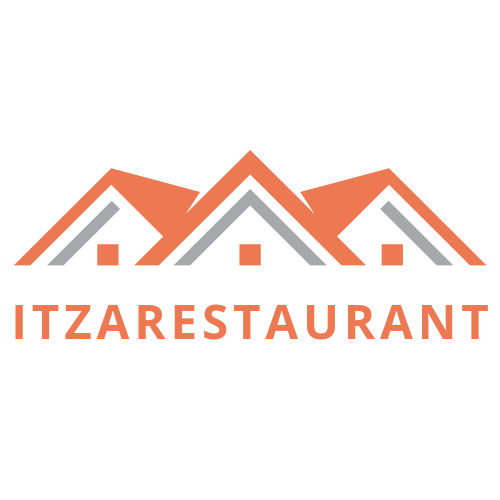Table of Contents
ToggleIn a world where homeowners are laughing all the way to the bank, home equity lending has become a hot topic. Whether one is looking to renovate the kitchen, consolidate debt, or snag a vacation home, understanding the latest developments in this arena is crucial. With interest rates dancing to their own tune and regulations playing a pivotal role, homeowners and borrowers alike must stay informed. This article dives deep into current trends, regulatory changes, and what the future holds for home equity lending, all while keeping the tone light enough to chuckle at that last mortgage joke. Let’s explore.
Current Trends in Home Equity Lending

Market Overview and Movements
The landscape of home equity lending has witnessed significant shifts recently. Home values are on the rise, and with the demand for home renovations fluctuating, many homeowners are leaning toward utilizing their equity as a financial resource. In fact, a recent survey indicated that nearly 40% of homeowners are opting to tap into their home equity in 2023, compared to just 25% two years ago. This upswing is largely attributed to increasing home values, making it feel like a gold rush in suburbia.
Interest Rate Updates and Their Impact
Interest rates have been the hot topic of discussion amongst every financial coffee klatch lately. As they spiral up and down, many homeowners find themselves pondering how these changes affect their borrowing capabilities. Recently, the Federal Reserve raised interest rates, causing a ripple effect in the lending markets. As a result, many potential borrowers are now faced with higher costs for loans. Yet surprisingly, experts suggest that with a well-strategized approach, homeowners can still find favorable rates, especially if they are eyeing a HELOC.
The Rise of Home Equity Lines of Credit (HELOCs)
Home Equity Lines of Credit, or HELOCs, have seen an impressive rise in popularity. Unlike traditional home equity loans, HELOCs come with adjustable rates that allow borrowers to tap into their equity without the full commitment all at once. Reports show that as traditional loan applications decrease, HELOC requests have surged by nearly 30% in the past year. Not only does this give homeowners flexibility, but it’s also an appealing option for ongoing home improvement projects or unexpected expenses.
Regulatory Changes Affecting Home Equity Lending
Updated Lending Guidelines and Regulations
New rules and regulations are emerging on the home equity lending front. Regulatory bodies have updated lending guidelines considering fluctuating economic conditions. Lenders now need to be even more vigilant in their evaluation of borrower eligibility. This has led to an increase in the documentation required when applying for a loan. But, these changes aim to protect both lenders and borrowers by preventing risky lending practices that played a role in the financial crisis a decade ago.
Consumer Protection Initiatives
Plus to lending guidelines, new consumer protection initiatives are gaining momentum. These regulations are designed to ensure that homeowners fully understand the implications of borrowing against their home equity. Whether it’s through mandatory disclosures or educational workshops, initiatives are firmly in place to help borrowers make informed decisions. At the end of the day, knowledge is power, and regulators are making sure homeowners have all the tools they need to navigate the equity landscape.
The Future of Home Equity Lending
Emerging Technologies in Lending
The future looks bright for home equity lending, primarily thanks to emerging technologies reshaping how loans are processed and approved. Digital lending platforms are becoming the norm, offering faster approvals and making the entire process more user-friendly. Innovations such as AI-driven risk assessments are changing the game, allowing lenders to provide tailored solutions to borrowers with unique financial situations. In essence, technology is cutting through the clutter and making home equity lending more accessible than ever.
Prospects for Homeowners and Borrowers
So, where does this leave homeowners and potential borrowers? Prospects are still optimistic even though the shifting economic tide. With the appropriate use of equity, homeowners can address pressing financial needs, while innovative lending practices offer opportunities for greater access to funds. As the lending market continues to adapt, those seeking to leverage home equity stand to benefit significantly from increased consumer education and technological advances. “Being proactive” may turn out to be the best home equity strategy after all.








